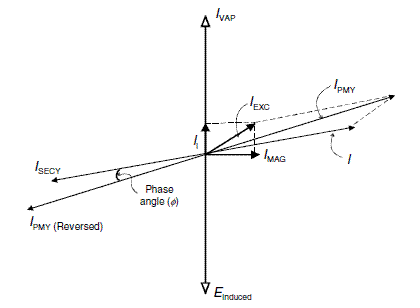- This topic has 3 replies, 1 voice, and was last updated 2 years, 11 months ago by .
-
Topic
-
Will it affect the accuracy of CT or VT if we connect a lower burden than rated to a CT/VT for tariif meter. What is the minimum percentage of …
Will it affect the accuracy of CT or VT if we connect a lower burden than rated to a CT or VT for tariif meter. What is the minimum percentage of burden to be connected to maintain stated accuracy?. For example if I have 30VA CT and if I connect 2VA to it whether the accuracy will be lower than stated. Similary for VT also, If I connect lower burden will it affect measruing accuracy?For a 66kV Tariff meter we had connected 2VA burden to a 30VA, 0.2S Class CT, but our client asked to change the burden to 10VA telling minimum connected VA shall be 20%. Is it really required to change
In riddle No.1 it is given as the %age of rated burden, but in the %age of current is mentioned in the table. I think the current is the matter not the burden. Please clairify?
- You must be logged in to reply to this topic.

 According to relevant standards, measuring accuracy defined for specified region of secondary current (burden). For tariff measuring class this region is very wide and is acceptable between 1%-125% rated burden. Definition and standardised values as per IEC 60185 and DIN VDE 0414-1: Measuring core rated output: 2.5
According to relevant standards, measuring accuracy defined for specified region of secondary current (burden). For tariff measuring class this region is very wide and is acceptable between 1%-125% rated burden. Definition and standardised values as per IEC 60185 and DIN VDE 0414-1: Measuring core rated output: 2.5